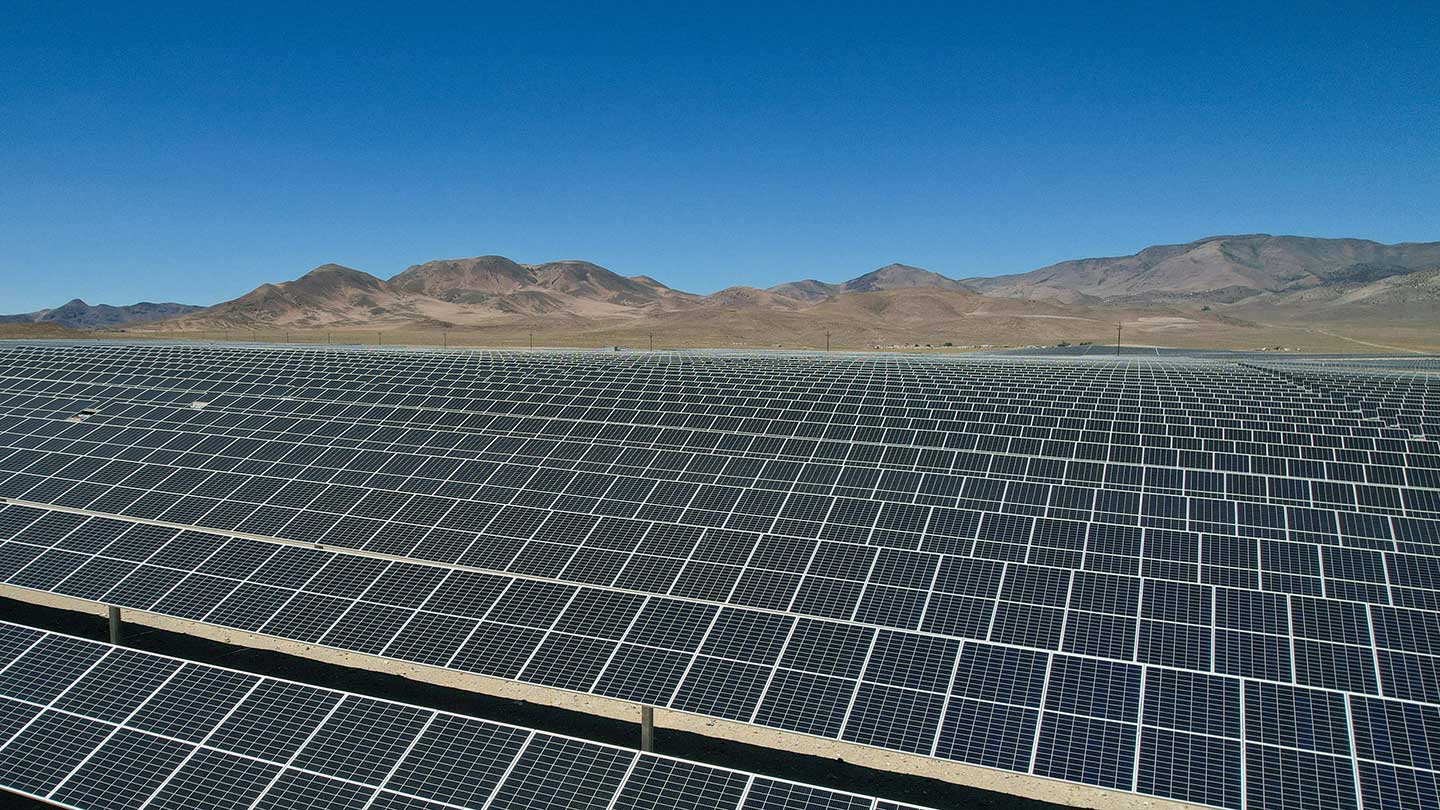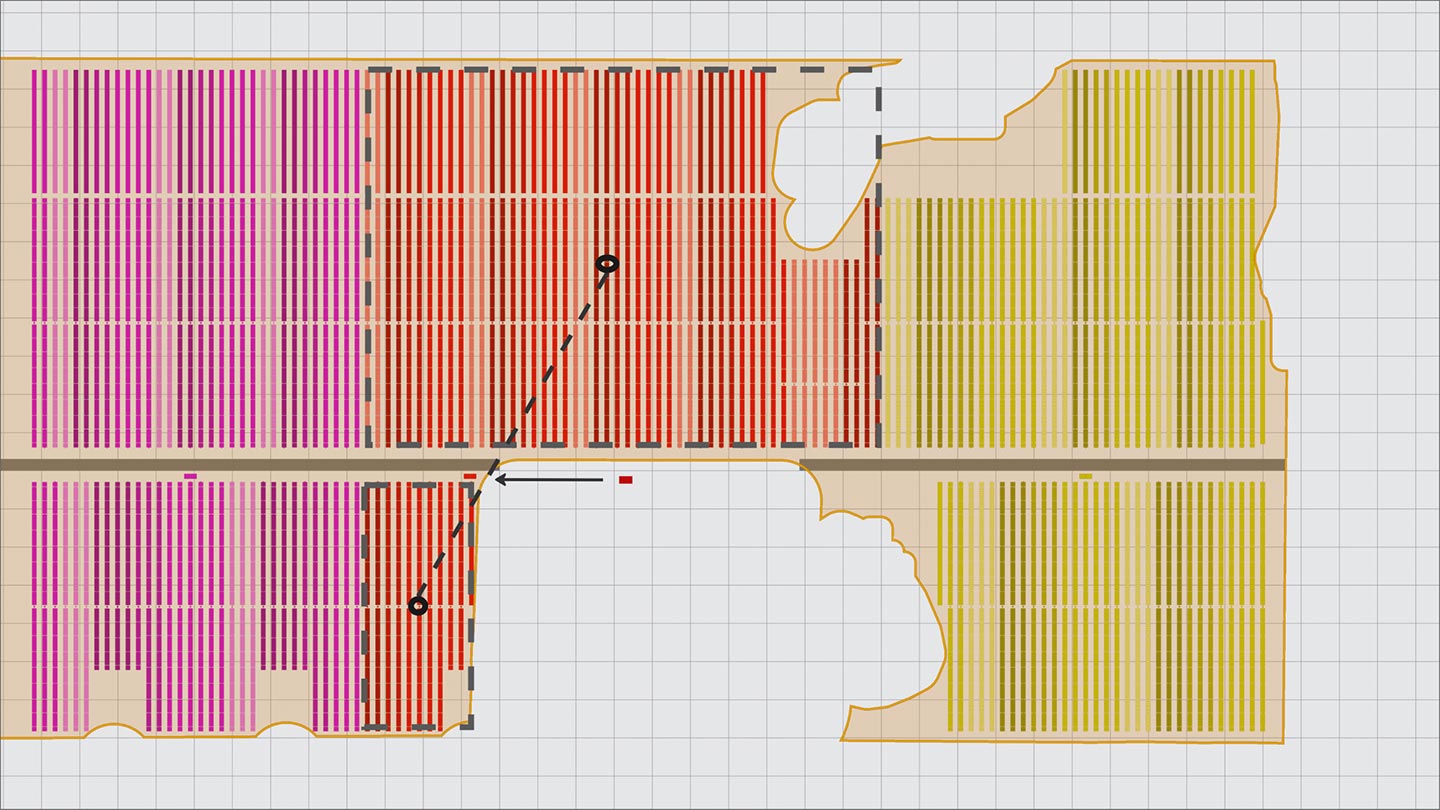How Concentrated Solar Power Works
%20(1)%20(1).jpg)
Concentrated solar power (CSP) technology harnesses the sun’s energy to generate electricity through an ingenious method that optimizes heat rather than converting light directly into electricity. Typically used in generating power for grid-scale applications, CSP is a renewable energy technology that generates electricity by focusing sunlight to produce heat energy. This energy is then converted to power that is generally used to supply electricity to the grid.
Concentrated Solar Power Technology Meaning
CSP technology uses mirrors or lenses to concentrate a large area of sunlight, or solar thermal energy, onto a small area. The concentrated heat drives a steam turbine connected to an electrical power generator. Unlike other solar technologies, which convert light to electricity, CSP leverages the thermal properties of solar energy, making it particularly useful in regions with intense sunlight.
CSP systems can be an efficient choice for large-scale power generation and can store thermal energy for use when the sun isn’t shining, providing a reliable power supply. In contrast, bifacial solar panels, a type of photovoltaic (PV) technology, capture sunlight on both sides of the panel to increase efficiency in less optimal sunlight conditions.
Overall, CSP is ideal for utility-scale projects in sunny areas, while bifacial and traditional PV panels are more versatile for various applications, including residential or commercial uses.
What Makes Concentrated Solar Power Good?
As a clean energy solution, CSP has many compelling benefits for the environment and the power grid. Here are some advantages that make CSP an attractive option for sustainable energy generation:
- Energy storage capability: CSP systems can store thermal energy, allowing them to provide reliable electricity even on cloudy or rainy days.
- Peak energy performance: During sunny periods, CSP can operate at maximum efficiency, offering reliable power generation.
- Reduced carbon footprint: By utilizing solar heat instead of fossil fuels, CSP contributes to reducing greenhouse gas emissions.
- Scalability: CSP can be scaled to large utility levels, making it ideal for infrastructures like solar power plants in sun-rich regions.
- Integration options: CSP systems can be combined with existing power plants to enhance their overall efficiency and reduce costs.
In this way, CSP not only contributes significantly to a cleaner energy future but also offers the flexibility and scalability needed to support growing energy needs.
Drawbacks of Concentrated Solar Power
Despite its many advantages, CSP also has drawbacks that need to be considered, including:
- High initial costs: Building CSP plants involves high upfront costs compared to other energy sources, including PV systems.
- Landscape requirements: CSP installations require large areas of land, often making them unsuitable for densely populated areas.
- Water usage: Some CSP technologies require significant water for cooling processes, creating challenges in dry areas.
- Weather dependence: CSP's efficiency is heavily reliant on direct sunlight, which limits its effectiveness in cloudy or less sunny regions.
So, while CSP technology offers a versatile and sustainable solution for large-scale energy production, leveraging its application requires specific location and cost considerations.
Concentrated Solar Power vs. Photovoltaics
While both CSP and photovoltaics (PV) serve the purpose of harnessing solar energy, they differ fundamentally in their application and technology. CSP is advantageous in large power plants due to its thermal storage capabilities and is best utilized in arid, sunny areas with plenty of open space.
Alternatively, PV systems are more versatile, easily deployed in varying scales from residential rooftops to vast solar farms, and they convert sunlight directly into electricity, making them more effective in locations with intermittent cloud cover. The choice between CSP and PV often boils down to environmental conditions and the scale of energy demand, with CSP favored for utility-scale, long-duration generation and PV preferred for widespread, modular applications.
Concentrated Photovoltaics
Concentrated photovoltaics (CPV) is an advanced technology that uses lenses or mirrors to concentrate sunlight onto high-efficiency solar cells. This concentration increases the amount of solar energy that each cell receives, boosting its electricity output without needing more semiconductor material.
Notable characteristics of CPV include higher efficiency rates compared to traditional photovoltaic systems and the requirement for direct sunlight. CPV systems differ from CSP in that CPV directly converts sunlight into electricity, akin to standard photovoltaics, rather than using sunlight to generate heat, which then drives turbine engines. This makes CPV highly efficient and cost-effective in regions with high direct solar irradiance.
Concentrated Solar Power Systems
The main types of CSP systems are parabolic troughs, power towers, and dish/engine systems. Parabolic troughs use curved mirrors to focus sunlight onto a tube containing a heat-transfer fluid; they're suitable for locations with consistent sun exposure.
Power towers utilize a field of heliostats to concentrate sunlight onto a central receiver, making them ideal for large-scale power generation. Dish/engine systems consist of mirrored dishes focusing sunlight onto a central engine, suitable for modular applications where smaller, distributed generation is needed. Each system is chosen based on grid size, land availability, and specific environmental conditions.
Applications
Below are some key applications of CSP technology across various sectors:
- Utility-scale power generation: CSP plants provide large-scale electricity production capable of meeting substantial energy demands.
- Industrial process heat: Uses concentrated sunlight for high-temperature applications in industrial settings for processes like drying, melting, distillation, or sterilization.
- Desalination: CSP can power desalination plants, creating a sustainable option for producing fresh water from seawater.
- Off-grid power: Smaller-scale CSP systems can provide power and heat to remote areas, such as mining operations or isolated communities, where traditional energy infrastructure is unavailable.
The diverse types of CSP systems offer versatile solutions for harnessing solar energy in industry-specific ways, highlighting their important role in expanding sustainable power generation.
Concentrated Solar Plants
Concentrated solar plants are large-scale energy facilities that generate electricity using CSP technology to transform thermal energy into power. Unique to CSP plants, many incorporate advanced energy storage systems, allowing them to generate electricity even after sunset, which enhances grid stability and reliability compared to other intermittent renewable sources.
CSP plants require large, open areas with abundant sunlight, commonly in desert regions. The scalability of CSP plants enables them to cater to significant electricity demands, making them integral components in transitioning to sustainable energy infrastructures.




.png)

.png)